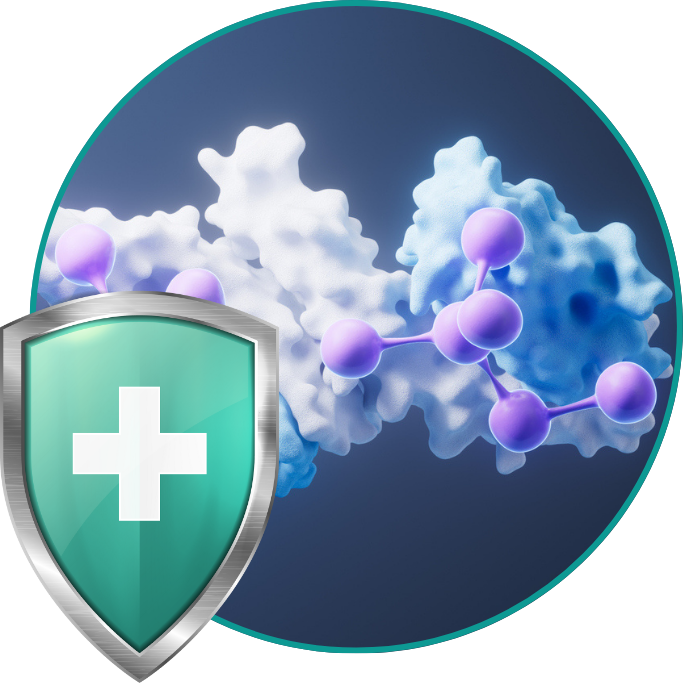Detecting mechanisms that prevent disease in high-risk individuals
Our platform identifies combinations of features that contribute to reducing risk of disease in individuals who remain healthy even though their genomic profile suggests that they have high risk of developing disease.
These protective signatures can be used to identify novel drug targets, pharmacogenomic and therapeutic opportunities, and to better stratify patients by overall disease risk and mechanistic subtype.







